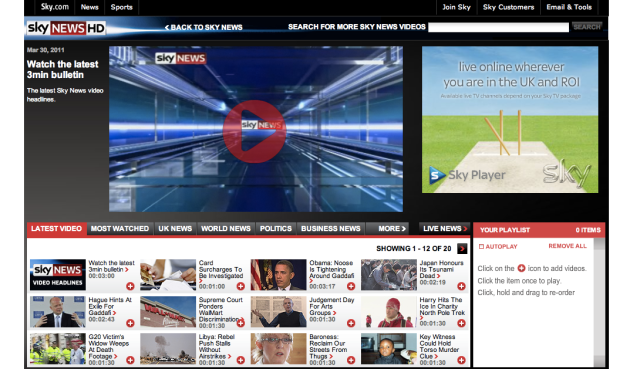On the Move Online
March 28, 2011 Leave a comment
By Ross Cullen
The future of video in online journalism should be secure if journalists look to the developing world.
I recently attended a panel discussion on ‘Latin America and the British Press’ at Canning House. The panellists agreed on four significant points:
1) Newspaper readership in the UK is falling
2) UK newspaper coverage of Latin America is falling
3) Views of online versions of newspapers (with their video content that is obviously missing from the print copies) were growing, both in Latin America and the UK.
4) Radio audiences are also dropping; it was noted that the BBC had recently ceased its Spanish-language radio broadcasts for the region.
These problems afflict both the UK and overseas and I suggested one way news providers could adapt to the changing journalistic environment was by exploring the world of online video. There is no doubt that the biggest growth area in journalism is online and of that online content, it is the moving, interactive items that will engage the future generations.
In the UK, but especially in developing countries such as those in Latin America, South East Asia and some parts of Africa, the young are mobile in two important senses.
Firstly, the use of mobile phones in emerging economies is increasing, particularly smartphones, which offer users the chance to surf the web and also carry video-capturing and video-viewing capabilities.
Secondly, the young are on the move. They travel more than their parents and they are connected in a totally different way from how previous generations were. They maintain international links through their mobile phones and social media sites. They Skype; they send picture text-messages; they share and discuss videos online.
If news providers in the UK and in these developing regions want to hold onto their consumers, then they need to follow them online, and they need to do so with video content that will engage a new generation in the medium.




